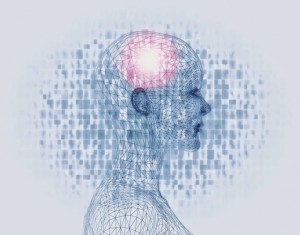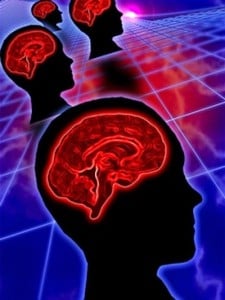In an average life, experiencing stress in various situations is to be expected. It would be impossible to avoid all feelings of nervousness due to discomfort and worry. However, there is a vast difference between feeling occasional anxiety and constantly living in a state of uneasiness and fear. Various anxiety disorders exist, resulting from both inherited traits, life experience, and trauma that has occurred in a person’s life. Anxiety is also attributed to deregulation of certain neurotransmitters in the brain. Social Anxiety Disorder (SAD), also known as social phobia, describes a condition in which a person feels excessively self-conscious in social situations and fears negative judgment.
Experiencing stress in daily life has become the norm for the average American. Read our post 5 Sneaky Symptoms of Stress. Between balancing work, providing for a family, attending school, and various other responsibilities, anxiety and worry rapidly build. People are constantly in search of stress relief, which can come in healthy forms, such as yoga, meditation, journaling, etc. However, many people turn to food when feeling overwhelmed with stress, which only contributes to the ever-growing obesity epidemic in the United States. How easy it is to relate to someone reaching for a chocolate bar after a tough day at work or going through the drive-thru after being taunted by countless ads on the drive home on a typical stressful day. Why is it that people feel the need to reach for comfort foods when the reality is that stress eating is ultimately bad for your health due to excessive weight gain?
Studies show that less than 40% of people are able to digest after childhood. Despite the facts, dairy consumption into adulthood is considered the norm for Americans today, but often contributes to a variety of health issues of which most people are completely unaware. Advanced Neurotherapy’s resident health coach Shayna Ross discovered she is among the many who are sensitive to dairy products. We asked Shayna about her experiences before and after giving up dairy for good.
Studies have shown that between 4%-5% of American adults have been diagnosed with ADD or ADHD and 11% of American children. Symptoms of ADD/ADHD include trouble focusing, restlessness, excessive and impulsive speech, difficulty with patience, and forgetfulness. The causes of ADHD come from dysfunctional brain activity, which occurs mostly in the frontal lobes and central cortex. Shown by EEGs, brainwaves of children with ADHD have much higher rates of abnormalities in the brainwaves and displayed an excess of slow waves and less of the fast waves by comparison to a child without ADHD. Neurofeedback offers children and adults with ADHD the help needed by directly retraining the brain to function more effectively and eliminate the symptoms of ADHD.
Neurofeedback has proven to be an effective and durable treatment to improve brain function without the use of medications. The process of retraining your brain is painless, noninvasive, and can treat a variety of issues including learning disabilities, behavioral issues, accident-related injuries, medical problems, psychological disorders, performance disability, and physical manifestations.
For the majority of neurotherapy patients, completion of treatment means maintaining improvements durably and indefinitely. There are some situations where a few follow up neurofeedback sessions can be highly effective. We refer to these sessions as boosters, and they can be utilized for the following cases and goals.








